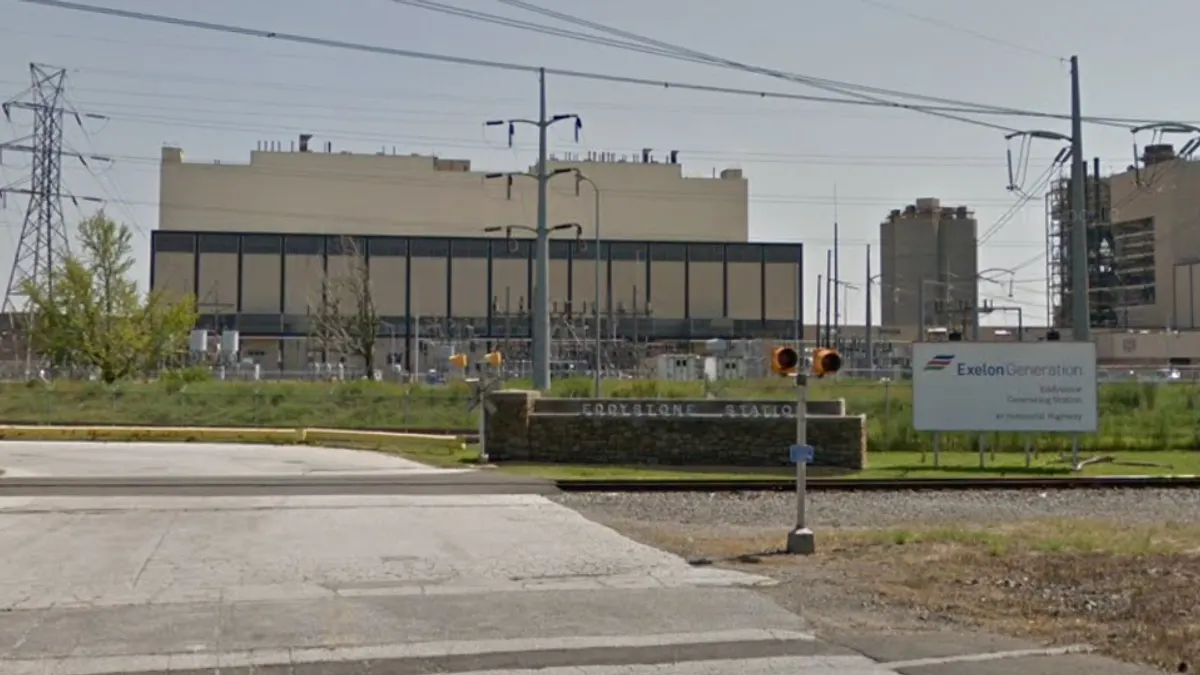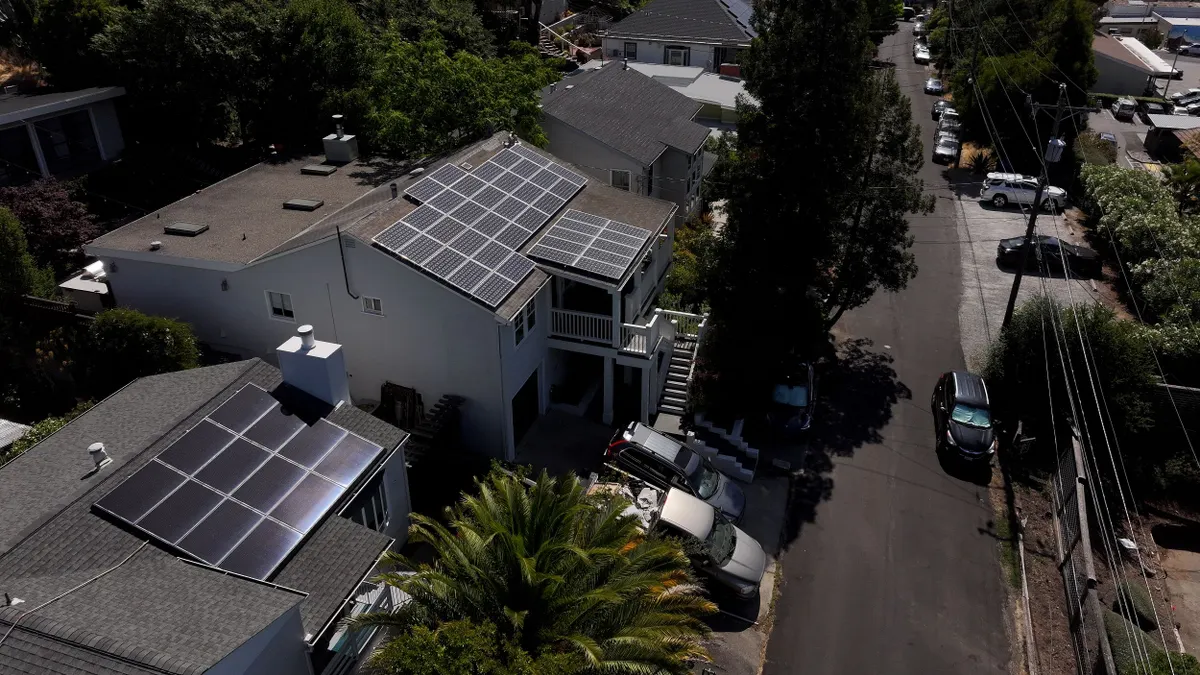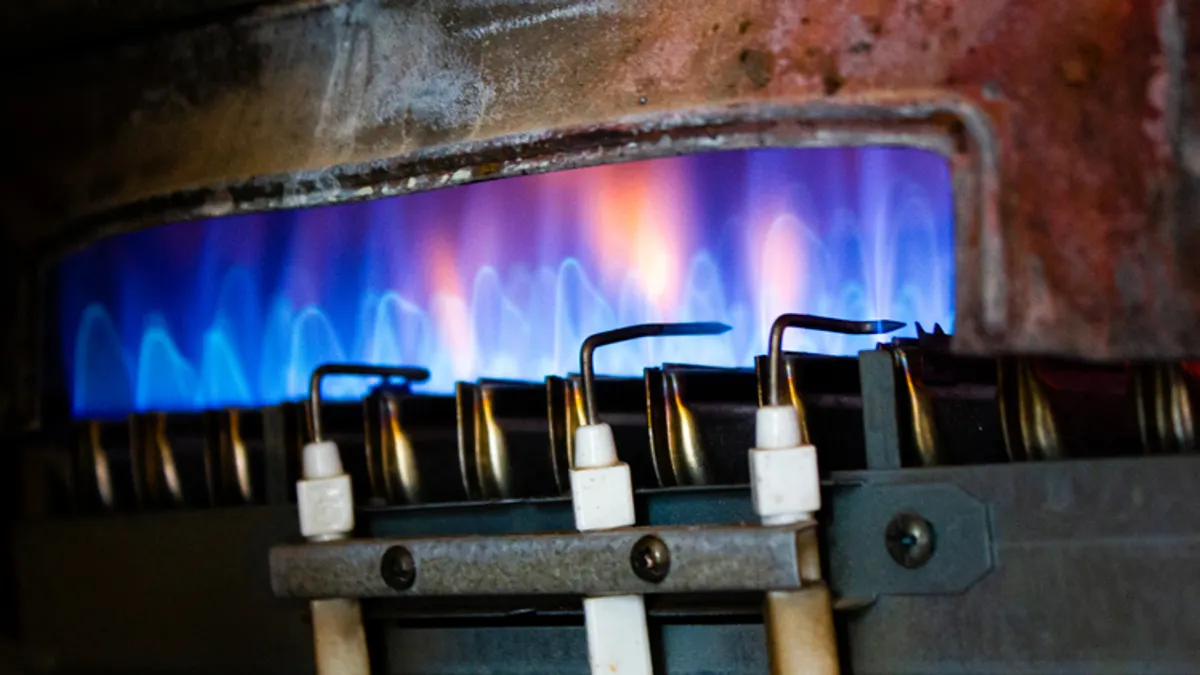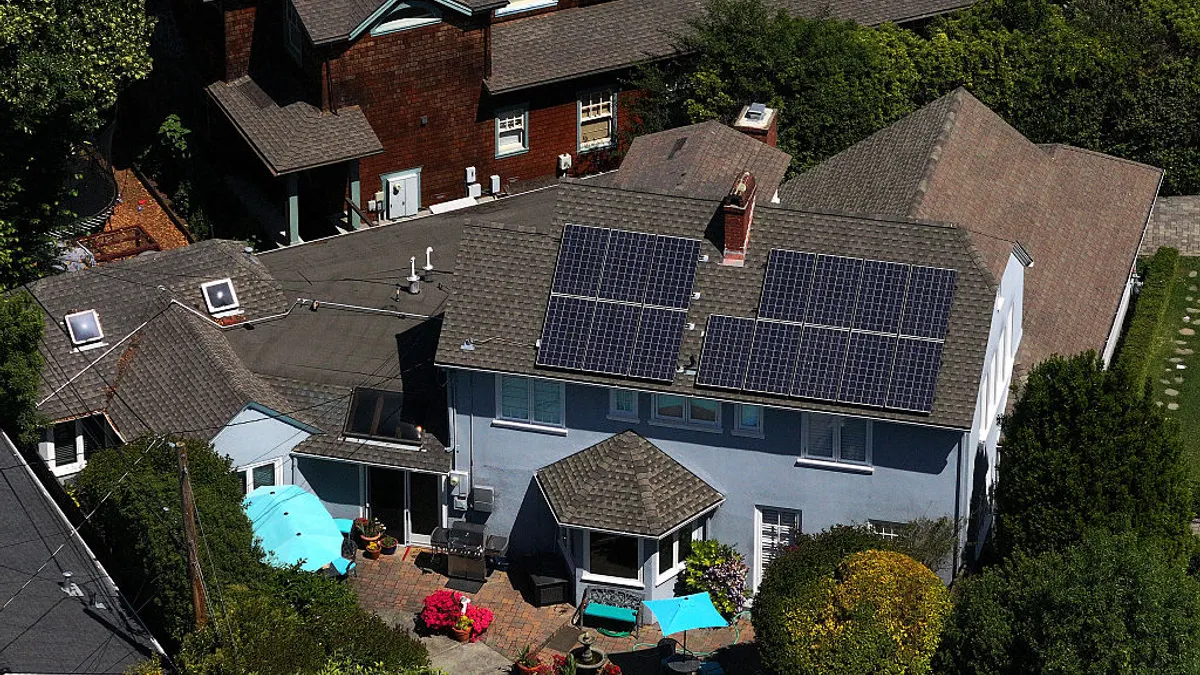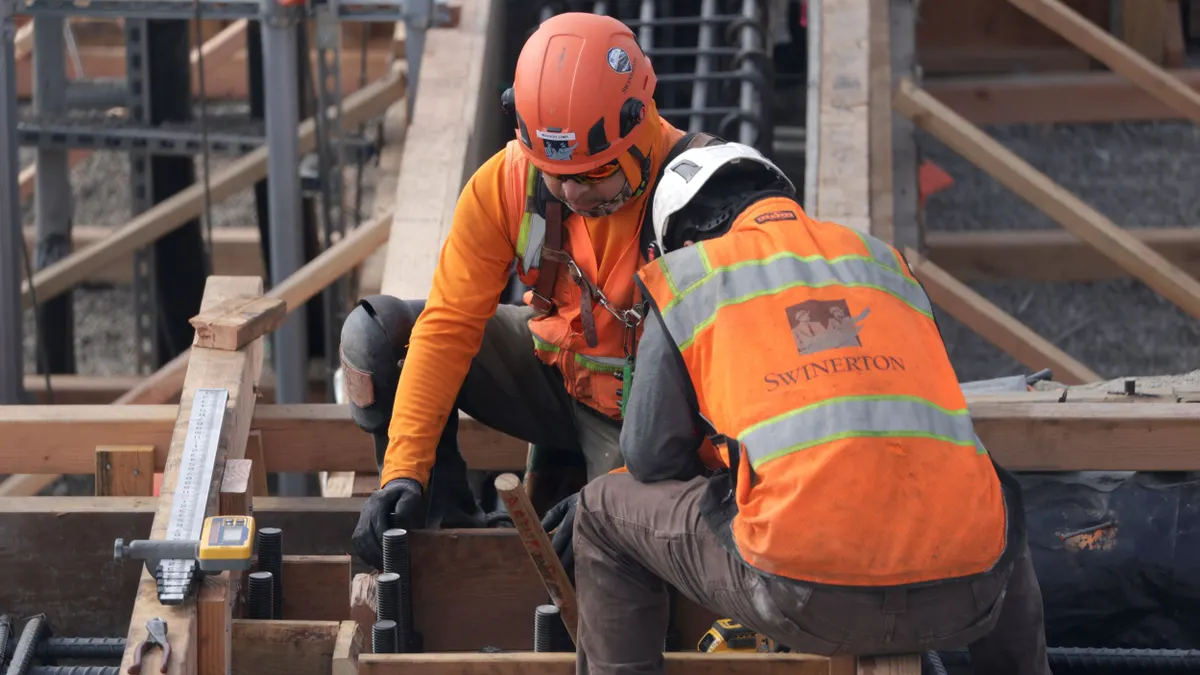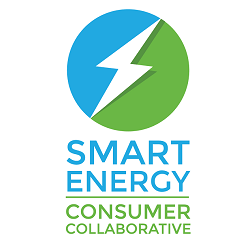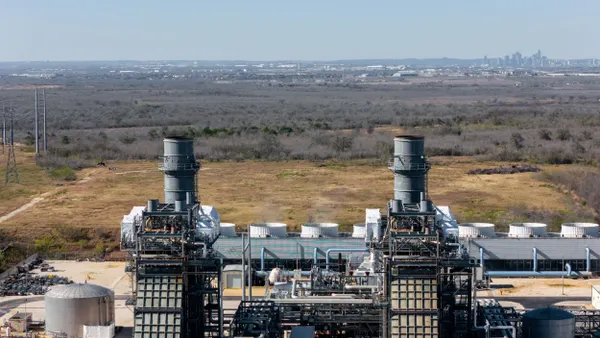Utilities are utilizing a range of new resources and connected devices to balance the grid and meet demand, drawing on everything from smart thermostats to large-scale batteries in order to most efficiently supply electricity. The next step, say utility experts, is the coordination of all these resources into an integrated strategy.
Enter: Integrated Demand Side Management (IDSM) — an approach that joins together all the resources utilities have at their disposal to plan, generate and supply electricity in the most efficient manner possible.
The primary objective of IDSM is to "enhance the effectiveness of existing energy efficiency and demand response programs, and set them up to dynamically respond to rapid changes," said Greg Wikler, a managing director in Navigant's energy practice and a board member of the Association of Energy Services Professionals.
Those changes, sweeping across the energy sector, may include rapid increases in grid-scale and distributed renewable energy resources, energy infrastructure upgrades and carbon mitigation policies.
But as new resources are deployed, utilities are learning that where and when these resources are available can be just as important as the overall approach to efficiency and demand management.
The Association of Energy Services Professionals and Peak Load Management Alliance recently hosted a webinar discussing the IDSM approach with experts in the field, including representatives from three large investor-owned utilities: Consolidated Edison, Eversource and Pacific Gas & Electric. All three are taking varied approaches to IDSM, and representatives laid out their strategy during the call, which Wikler helped moderate.
Consolidated Edison: Becoming a distributed system platform
Shira Horowitz manages demand response programs at Con Edison and says that in New York, utilities are thinking about IDSM through the lens of the state's Reforming the Energy Vision approach to evolving the utility sector.
"Our long term plan is really for Con Edison to become a distributed system platform, or DSP, where we'll be integrating all distributed energy resources in one place," said Horowitz. That would include demand side resources such as demand response, energy efficiency and distributed generation. But "of course getting there is a process," she added.
The utility has several different efforts going on now "that are a part of that larger vision," Horowitz said, with the most well-known being the utility's Non-Wires Solutions approach. In 2014, Con Edison proposed a program to defer the construction of a new substation by integrating a portfolio of resources that included demand response, efficiency and other distributed energy resources like batteries, combined heat and power, and fuel cells.
Called the Brooklyn-Queens Demand Management project, Horowitz said it was "a great example of where we've actually been able to integrate many different demand-side resources into one portfolio and one project."
The utility also has other demand side resources that are integrated into a portfolio and used for resource planning, said Horowitz. Those include a range of residential and C&I demand response programs such as thermostat programs, connected devices pilots, a new smart home rate aimed at integrating controllable devices, and incentives to lower capital costs for projects targeting peak demand reductions.
"All these resources together can help us defer infrastructure in the long-term throughout our system," said Horowitz.
Eversource: IDSM is all about efficiency
Eversource Energy operates in three states, with a total annual spend on energy efficiency just north of $500 million, according to Michael Goldman, who manages the planning and evaluation of the utility's traditional, passive energy efficiency portfolio.
But Goldman is also responsible for the company's behind-the-meter, peak load reduction programs, which include a wide range of resources: from traditional demand response to battery and thermal storage to integrated building controls.
Goldman said the utility thinks about IDSM "from a customer-centric perspective. What we want to be able to do is provide a customer with a holistic solution. And to that end, within our organization, everything really resides within the energy efficiency team."
Having the utility's IDSM strategy operating out of the efficiency group has benefits but also creates challenges, said Goldman. There are "no real silos, from an implementation perspective." But energy efficiency measures must also meet "stringent cost-effectiveness requirements," which in Massachusetts means using a Total Resources Cost test.
Eversource has also recently proposed spending $30 million to focus on "active demand management," said Goldman.
"All the aspects of IDSM, it resides within energy efficiency," he said. "We want to go to a customer and offer them anything from a lighting retrofit to a battery to a WiFi thermostat, depending on what's right for the customer."
The ultimate goal, he said, is "to use these different strategies to see if we can't achieve multiple operational objectives. So the end goal is really to have these beneficial impacts at the New England ISO level, at our distribution system level, and at the customer level as well.”
Pacific Gas & Electric: TOU rates create an opportunity
Pacific Gas & Electric is facing a unique challenge and opportunity: Over the next few years, it will begin defaulting customers into time-of-use (TOU) rates, and the utility wants to ensure it can fully take advantage of the new rate paradigm.
According to Richard Aslin, who works on PG&E's demand response policy and pilots team, the utility is spending $275 million a year on energy efficiency, targeting annual peak load reductions of 100 MW. PG&E also has a demand response budget of about $65 million, which Aslin said has estimated load impacts of about 400 MW. From that DR budget, PG&E is directing $9 million for IDSM development.
"Our primary focus for (residential) integrated demand side management over the next couple of years is to provide those customers who are being defaulted to the time-of-use rates with some sort of enabling technologies," said Aslin.
Primarily, that will be a programmable, communicating thermostat.
"We think that's a really good leveraging point for IDSM on the residential side, because in addition to saving energy from both space cooling and space heating, it can also be used by the customer to engage in a wide variety of demand response programs," said Aslin.
The utility has a lot to work with. PG&E has 385,000 rooftop solar units on its system, 200,000 electric vehicles, and recently completed interconnection of 3,500 energy storage units, said Aslin. And it isn't just PG&E offering demand response programs on its distribution system: in California, DR can be offered by an IOU, a community choice aggregation program, or a third party provider signed up with the California ISO.
Aslin said PG&E is also looking to transition projects completed with energy efficiency partners to "some kind of time differentiated payment."
"Increasingly in California, the value of energy reduction is concentrated in only a few hours — the neck of the duck," he said, referencing the so-called duck curve. That tends to be from about 3 p.m. to 9 p.m., said Aslin, "when the solar starts rolling off and the load starts ramping up."
For large commercial and industrial users, PG&E is focused on making sure that if a customer has an energy efficiency project — whether that's a retrofit or new building commissioning — that when energy efficiency measures are installed, enabling technologies for demand response are installed at the same time.
"If the customer later decides they want to participate, there would be no incremental costs," said Aslin.
PG&E's IDSM strategy is not complete, however.
"I think the place where we're struggling with integrated demand side management is in the small and medium business space," said Aslin. "I don't think we've really come up with a good solution for how to put together an IDSM solution for that particular part of the market.”
Customers want a package
Whatever the solution, the key for utilities may be in making it simple and ensuring current systems are up to par before adding new technologies.
Mary Ann Piette, senior scientist and director of the Building Technology and Urban Systems Division at Lawrence Berkeley National Lab, also spoke on the webinar and reminded utilities that "many building owners don't really understand the nuances of the electric system and the different programs, but they understand their bill."
These customers want technology in their buildings that can "help them both increase energy efficiency and reduce peak demand, and respond to demand response events," Piette said.
Installing these new technologies creates an opportunity for utilities, said Piette. They should first be "tuning up the building," calibrating systems and controls, before installing new automated technologies.
"It's a good opportunity to integrate the tuneup of the building with the automation for demand response," she said.
"The customers wants a package solution," said Piette. "And similar ideas are true for residential … smart thermostats are a great example of daily energy efficiency and automated demand response in an IDSM environment."




